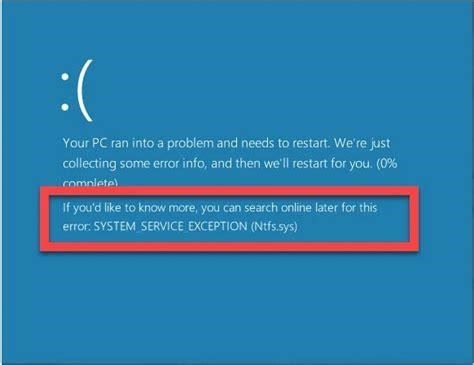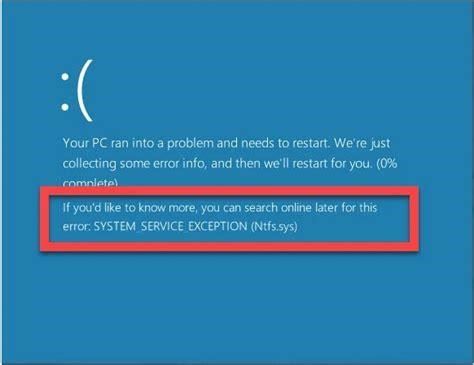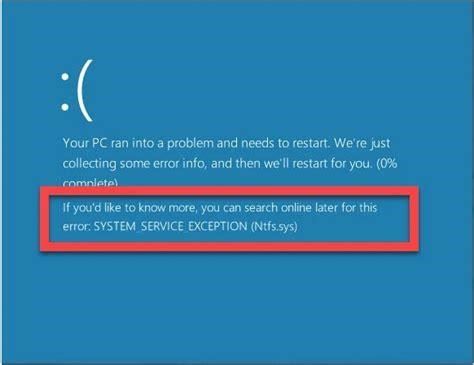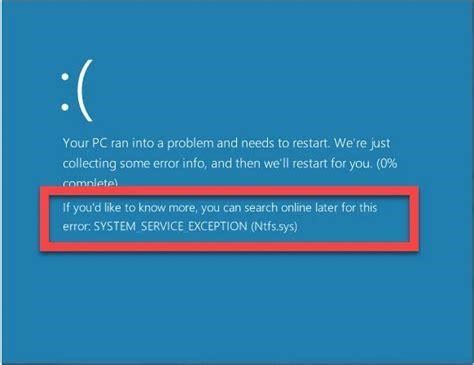Maxing Out Your Laptop’s M.2 NVMe SSD Capacity on Windows 10
Upgrading to an M.2 NVMe solid state drive (SSD) can give your Windows 10 laptop a serious speed boost. But with so many capacity options available, how do you know the maximum limit your particular laptop can support? We’ll walk you through several methods to determine the max capacity for your laptop’s M.2 slot.
Check the Laptop Manual or Specs Sheet
The easiest way to find the maximum supported capacity is to check the user manual or technical specifications document for your exact laptop model. Manufacturers will often list the maximum tested capacity for the M.2 slot.
If you’ve lost the manual, search online for a PDF version from the manufacturer’s support site. For example, searching "[laptop model] specifications" or "[laptop model] manual."
While not all manuals will specify M.2 capacity limits, it’s always worth quickly checking before moving to more complex options.
Examine the Existing M.2 SSD via System Tools
If your laptop already has an M.2 SSD installed, you can glean helpful details from Windows system utilities.
Press Windows Key + R and type "devmgmt.msc" to open Device Manager. Expand the "Disk drives" category to view all connected disks. Right click on the existing M.2 drive and select "Properties." Switch to the Details tab and scroll down to "Hardware IDs." The PCI\VEN string reveals the model and specs like capacity.
You can also type "msinfo32" in the Windows search bar and examine the "Components > Storage > Disks" section. This will show the bus type, media type, model, and capacity of any M.2 drives.
Comparing the existing drive’s specs against the slot’s supported specs can indicate how much room you have to grow.
Consult M.2 Compatibility Lists
Several websites like LaptopMedia.com maintain searchable databases showing tested M.2 capacities for different laptop models.
Search for your specific laptop model to see if its listed. If so, the compatibility info should indicate the maximum supported M.2 drive capacities.
These lists aren’t always comprehensive, but can still provide quick confirmation in many cases. When available, manufacturer compatibility info takes precedence.
Use an M.2 Capacity Calculator
For DIYers, storage capacity calculators estimate the max capacity using technical specs like the motherboard chipset, M.2 slot length, and number of PCIe lanes.
Popular options include the Kingston SSD Calculator and Crucial Advisor Tool. Input your laptop brand, serial number or motherboard model and the tool suggests compatible M.2 capacities.
Calculators aren’t foolproof, but provide a reasonable estimate when manufacturer info isn’t available. Be mindful of overestimates that exceed documented capacities for your model.
Inspect the Physical M.2 Slot
Carefully removing the bottom panel provides visual confirmation of the M.2 slot’s keying. An "M Key" slot supports SATA and PCIe NVMe drives. An "M + B Key" is SATA-only.
Double check using the motherboard manual or manufacturer’s specs that your model actually supports NVMe before purchasing such a drive. A physically compatible slot doesn’t guarantee software compatibility.
Contact the Manufacturer
When all else fails, contact your laptop manufacturer’s customer support by phone or chat. Their techs have access to definitive compatibility data and can confirm the maximum supported M.2 capacity.
Some may run remote diagnostics on your exact device model and serial number to check. Consider the manufacturer’s word as the final authority on M.2 limits for your laptop.
Install Within Supported Limits
Once you’ve determined the maximum M.2 capacity supported by your device, choose a reputable brand like Samsung, Crucial, or Western Digital. Avoid no-name brands advertising capacities beyond your laptop’s tested limits.
Adhering to verified compatibility helps ensure a smooth installation and optimal M.2 performance. And you’ll reap all the speed benefits NVMe SSDs offer without stability issues.
Upgrading laptop storage may seem daunting, but a bit of research makes it a straightforward DIY job. We hope these tips help you zero in on the maximum capacity your Windows 10 notebook can handle! Let us know if you have any other tricks for determining laptop M.2 limits.




